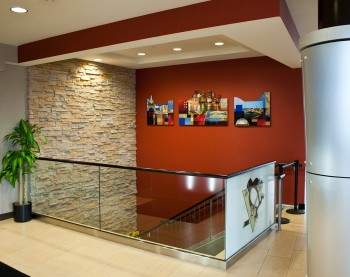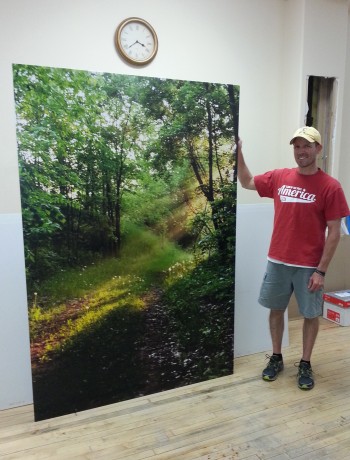 One of the great things about large format inkjet printing is the ability to immerse someone in an environment, which is exactly what Blueprint Solutions recently did with a life-size reproduction on canvas of a woodland trail near Fond du Lac, Wis.
One of the great things about large format inkjet printing is the ability to immerse someone in an environment, which is exactly what Blueprint Solutions recently did with a life-size reproduction on canvas of a woodland trail near Fond du Lac, Wis.
“The customer is using it as a wall mural. It’s a photo of a trail near his home, which he wanted life size so it seems that you can walk right into it, and it fits nicely on his wall from floor to ceiling,” says Scott Draves, owner of Blueprint Solutions in Fond du Lac. “He told me that if anyone was interested in getting a canvas that large he would allow them to come into their house and look at the finished product. It was pretty incredible that he offered to do that.”
Blueprint Solutions, as the name of the company implies, specializes in document reproduction, from small to large format, primarily for the construction industry. Over the past few years, however, the company has diversified its large format products and services, including canvas printing.
For this project, Blueprint Solutions used Sunset Select Matte Canvas printed in one piece at 60″ x 84″ on the company’s Canon iPF9000S 60″ inkjet printer. Finishing what Draves says is their largest stretched canvas piece to date was a challenge.
“The initial issue was getting all the pieces together, and that’s where Erin [Krcmar, Blueprint Solutions’ personal customer specialist] was the biggest help: making sure we got what we needed with the bracing and at the right sizes we needed,” explains Draves. “We used the Sunset Pro Stretcher Bars that are 1 1/2″ deep. I really like the Sunset Stretcher Bars; they’re very easy to work with. On smaller pieces I can put a canvas wrap together in less than half an hour, but this particular piece took me a couple of hours to assemble. We took it slowly because it was so large, the print was flawless and we didn’t want to have to re-do it.”
Draves turned a pool table in the company’s back office into a production table to accommodate the extra-large print on which it was wrapped and coated. Draves used two coats of ClearStar ClearShield Type C to finish the print for delivery to the customer.
“It worked out really slick. Everything is nice and smooth and flat and it came together perfectly,” adds Draves.

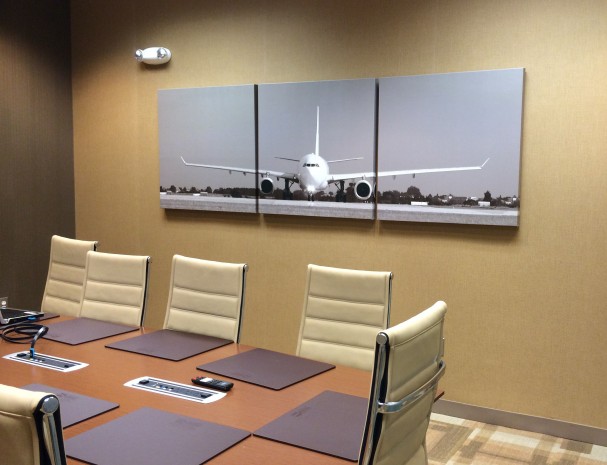
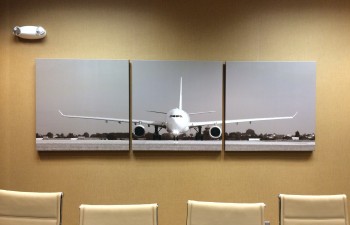

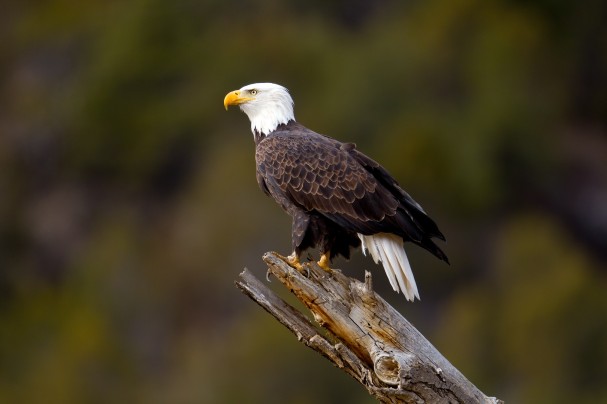
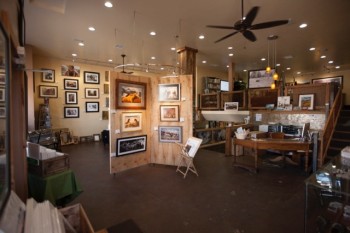

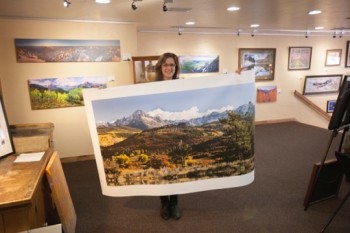 “I knew that being a
“I knew that being a 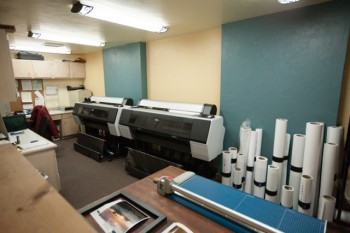
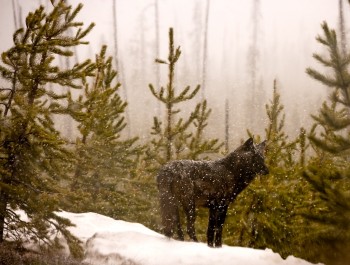




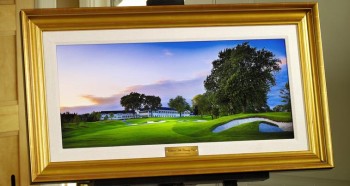
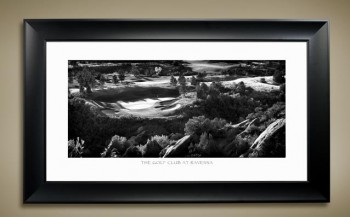
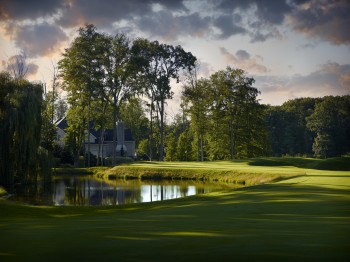
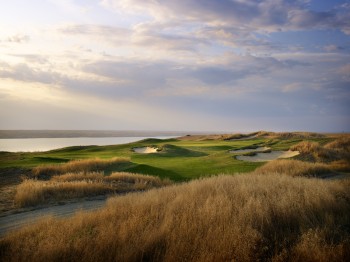 “I’ve had several projects where I was shooting everything from the golf course to the interiors, including staff, food service, and so forth. They can have everything they need without having to hassle with 15 different people,” says Kellner.
“I’ve had several projects where I was shooting everything from the golf course to the interiors, including staff, food service, and so forth. They can have everything they need without having to hassle with 15 different people,” says Kellner.
